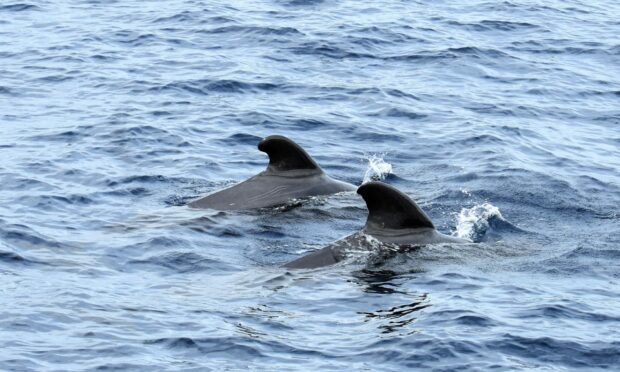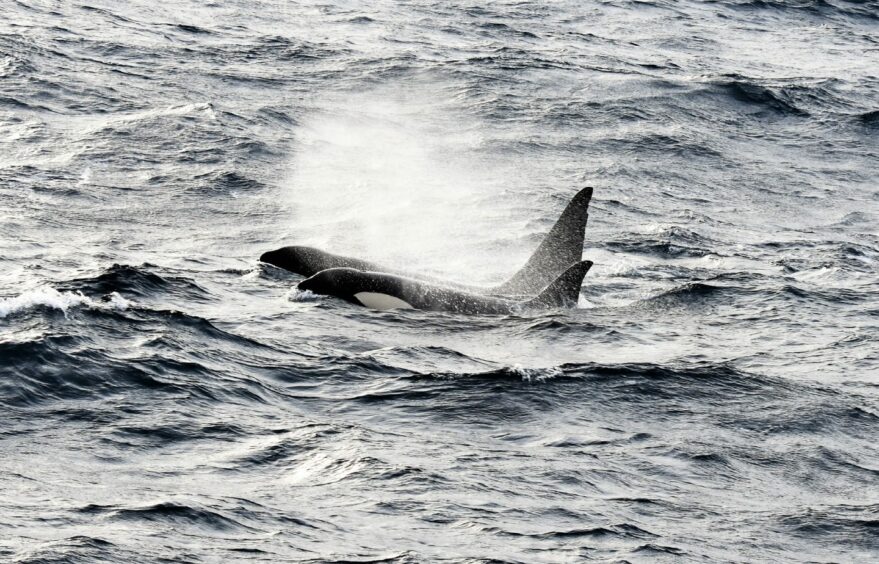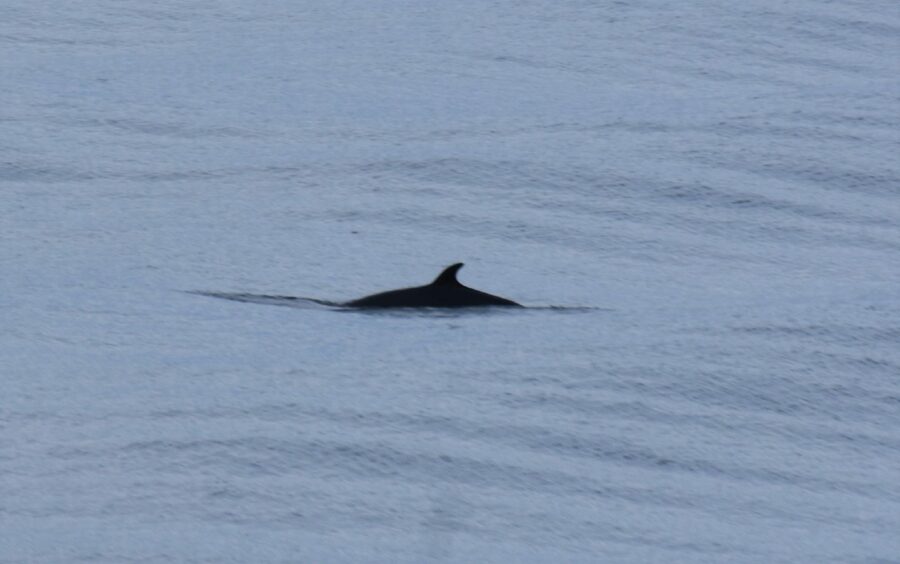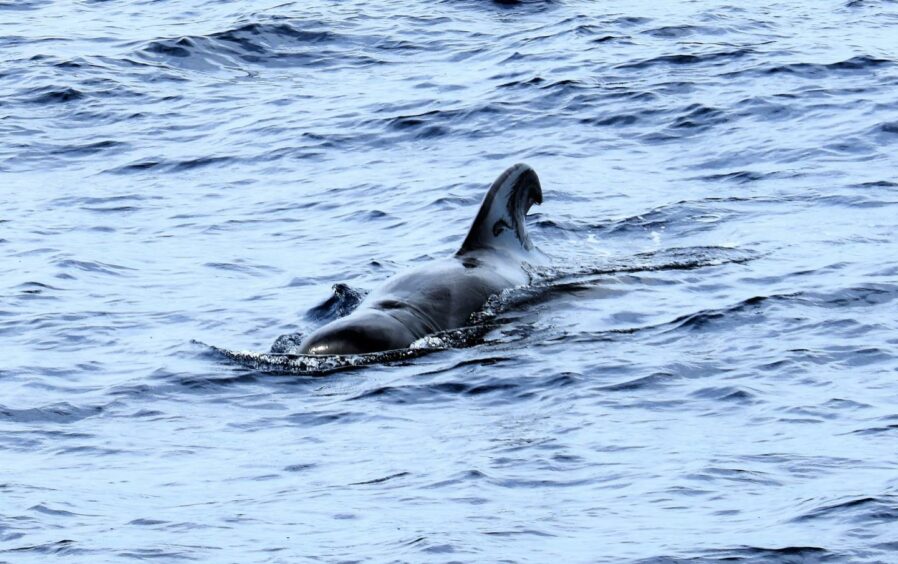With a New Year dawning, I have been reflecting upon the one just past, and some of my wildlife highlights over the period.
It was certainly a busy year, where I spent much time researching my latest book, A Scottish Wildlife Odyssey, which is a travel journey from the south to the north of Scotland in search of the country’s wild secrets, and which will be published this February.
This enabled me to visit some wonderfully wild places, including the wild open merse that borders the Solway Firth and its flocks of barnacle geese.
I still recall with clarity that dawn-frosted morning, with the hordes of geese swirling in the sky above me.
Their wild echoes were mesmerising, and in the embrace of the merse, it felt as if I had merged into the very fabric of the landscape.
The book also took me to the high tops of the Cairngorms and the seabird cliffs of Aberdeenshire, along with travels to some of Scotland’s inspiring islands, including the Western Isles and Shetland.
For me, the most memorable wildlife experiences over the year involved getting close to whales and dolphins on several occasions, creatures I have never previously been well acquainted with.
It all started with glimpsing bottlenose dolphins off Aberdeen harbour in May, followed by minke whales and common dolphins in the Minch between Ullapool and Harris the month after.
Orcas
Later in the year, I was thrilled to spot orcas from a fishing boat off Shetland.
Only a few weeks ago, a Silver Wedding anniversary trip to the Canary Islands delivered close views of short-finned pilot whales.
On each encounter, my mind was blown away by these incredible animals.
Whales and dolphins lead such contrary lives compared to our more familiar land mammals and have unique body design features that border on the unimaginable.
The pilot whales we observed, for example, were most interesting creatures, living in small pods of related individuals.
They relaxed on the surface by our whale watching boat, their glistening backs rolling in easy fashion in the water.
These animals were resting, after spending the previous night diving down to depths of almost 1,000 metres in search of squid.
Mind-boggling
The physical and physiological characteristics that enables a mammal to dive in this way is mind boggling, both in terms of breath-holding ability and in how they bring their echolocation system into play to detect shoals of squid in the deep, dark waters of the Atlantic.
Yet, despite the special adaptations, I could sense that these creatures had an affinity with humanity, and they seemed to enjoy gambolling near our boat, which they were clearly doing so out of choice.
So different from us, yet so close, with their clever brains aroused with curiosity at our craft and its occupants bobbing on the sea swell.
It also underlined in compelling fashion how nature and humanity are entwined as one, living together on this fragile planet and dependent upon a healthy environment for our survival. I wish you all a productive wildlife watching year ahead.













